Manual Extract: Drive Shaft Overview
Product Overview
The drive shaft is an essential component in vehicle transmission systems, designed to transfer the engine’s motive force efficiently. The force is channeled through the torque converter and transmission, subsequently splitting between the rear drive shaft, which delivers power to the rear axle, and the center drive shaft, which works through a flange bearing and the front drive shaft to energize the front axle.
Equipped with universal and sliding joints, the drive shaft can accommodate changes in angle and length. This flexibility is crucial for maintaining transmission efficiency during vehicle articulation and shielding components from operational shocks or road surface impacts.
Key Features
- Universal Joint: Enhances the drive shaft’s ability to adapt to different angles.
- Sliding Joint: Allows for variations in length for smooth transmission.
- Flexible Design: Protects components from damage due to shocks during operation or travel.
Benefits
- Ensures efficient power transmission from the engine to the wheels.
- Minimizes wear and tear by accommodating vehicle articulation and surface shock.
- Reduces risk of component damage, enhancing overall vehicle durability.
Usage Recommendations
- Regularly inspect joints for signs of wear to maintain optimal performance.
- Ensure proper lubrication to enhance the lifespan of the drive shaft.
- Consult the maintenance standard section for detailed care guidelines.
Table of Contents
- General
- Structure and Functions
- Testing and Adjusting
- Disassembly and Assembly
- Maintenance Standard
- Others
Only logged in customers who have purchased this product may leave a review.

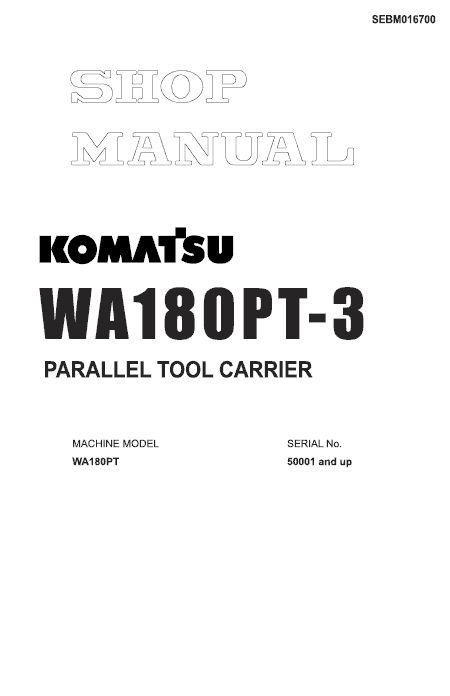
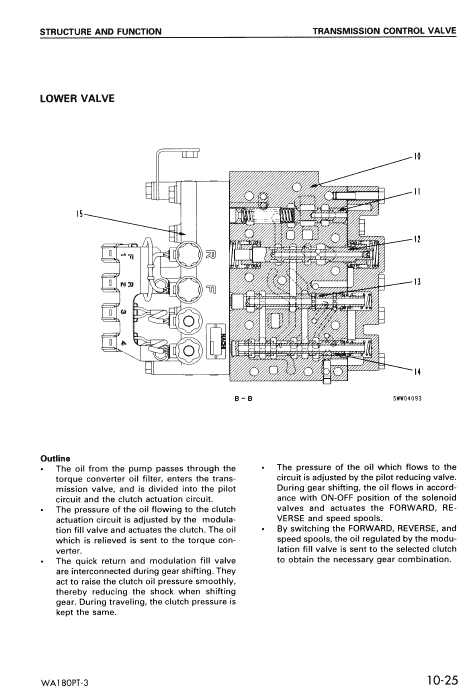



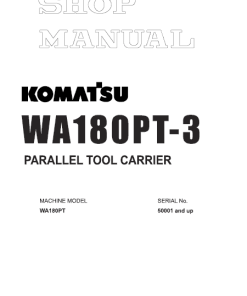
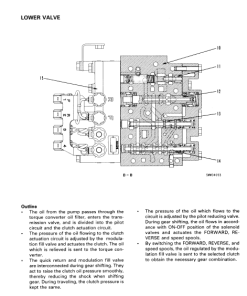

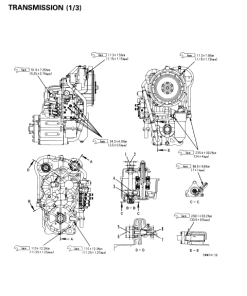
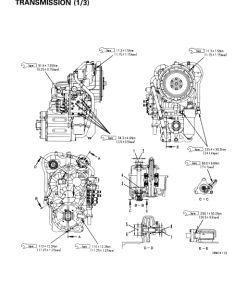
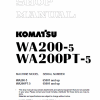

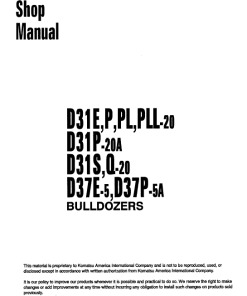
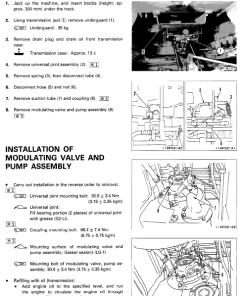
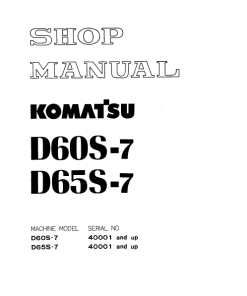
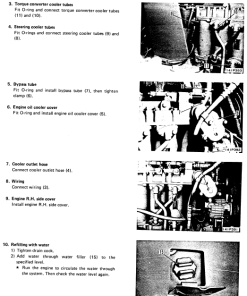
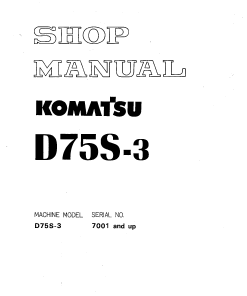
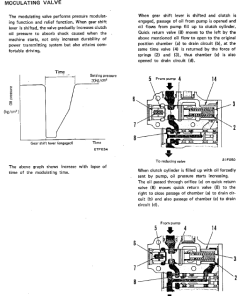
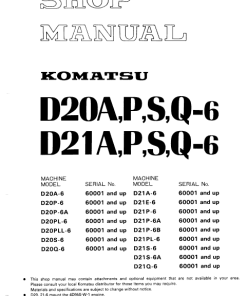
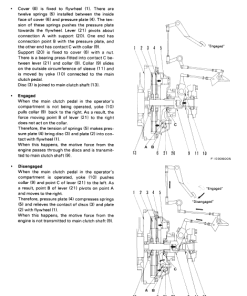
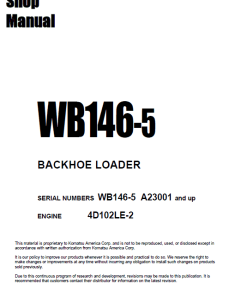
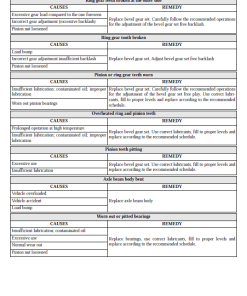
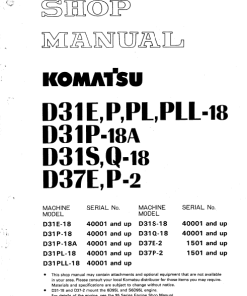
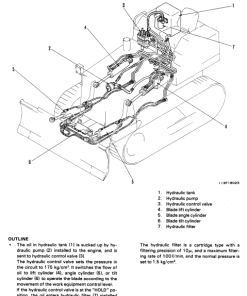
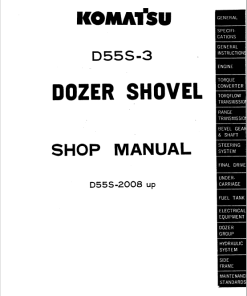
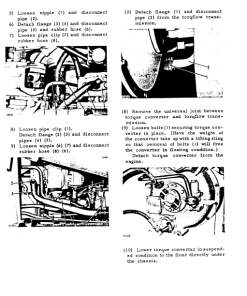
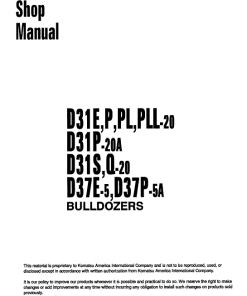
Reviews
There are no reviews yet.